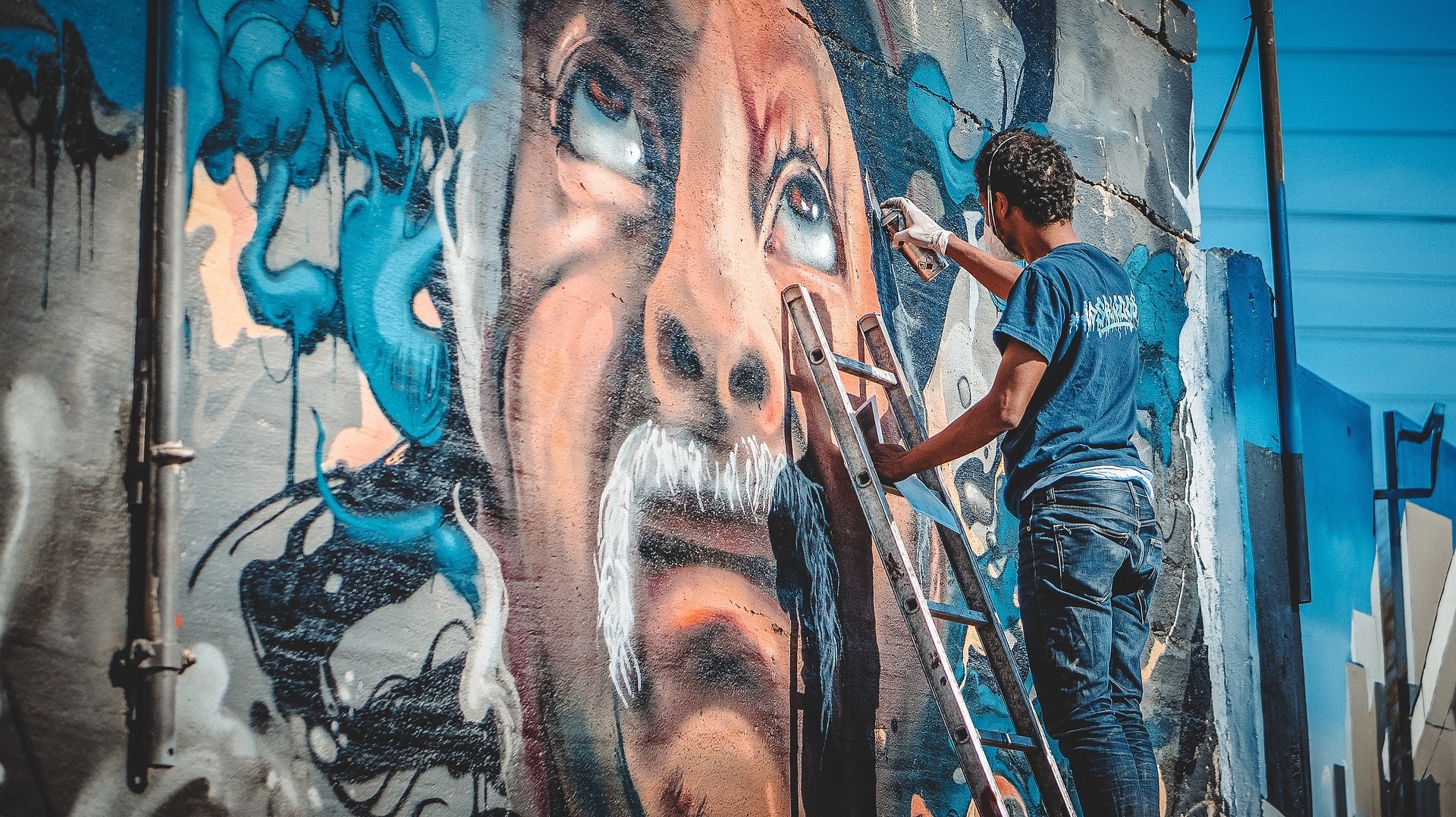Many world-famous writers (Dickens, Dostoevsky, Kafka, Maupassant, etc.) had impressive powers of observation. Their works contained accurate descriptions of medical conditions long before they appeared in scientific treatises. A group of scientists from Chile and Austria (Carolina Aguirre, Marcelo Miranda, and Ambra Stefani) analyzed Nikolai Gogol’s tale “The Portrait” (1833) and came to the conclusion that this is the earliest description of sleep paralysis in non-medical literature.
As the authors point out, sleep paralysis began to show up in scientific reports in 1842, and the term itself was finally introduced in 1928. It constitutes one of the phase states, which also include lucid dreams, out-of-body and near-death experiences, etc. Sleep paralysis is characterized by the inability to move and speak and usually occurs when waking up or falling asleep. Often, the person experiences hallucinations.
“The Portrait” became part of Gogol’s famous collections of stories titled Arabesques. The plot of the story centers around a young artist who is unsure of his talent. He buys a portrait in a shop and brings it home, however he finds himself frightened by the look of the old man depicted in the portrait (it scares him so much that the hero covers the picture with a sheet before going to bed).
What follows is, according to the researchers, an accurate description of sleep paralysis with concomitant visual and auditory hallucinations. At night, the artist watches the old man leave the picture, yet he himself cannot move or scream. He is conscious, feeling that this is not a dream, but is unable to lift a finger. An oppression of the chest is also described, which is a frequent sign of sleep paralysis.
Finally, the artist manages to stop the nightmare. When he wakes up, he sees that he is still lying in bed. The hero realizes that he has experienced hallucinations. However, they seemed so real that the young man doubts whether it was a dream.
The accuracy of the description led the researchers to assume that Gogol was well acquainted with the state of sleep paralysis – either from personal experience or from someone close to him.
The article was published in August 2021 in the journal Sleep Medicine.




